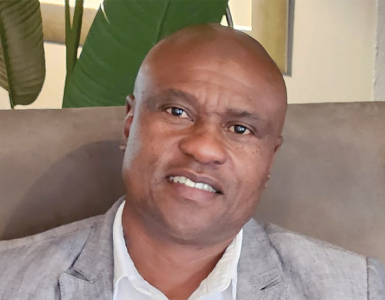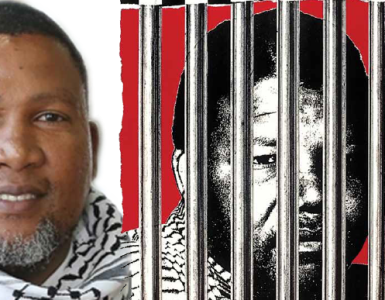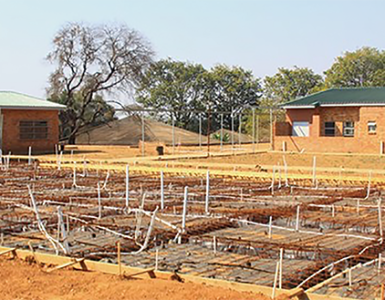BOOST: The “Corridor” approach of building trade routes linking countries smoothly holds great promise to the continent’s future prosperity…
By Reggie Boqo
Africa has big dreams and the African Continental Free Trade Area (AfCFTA) is one of the boldest. It’s all about making it easier for African countries to trade with each other. But let’s be honest: no amount of great policy will matter if we don’t have the roads, rail and ports to move goods affordably across borders.
Moving goods and people cheaply and reliably is what will turn AfCFTA from a plan on paper into a real economic boost. That’s why African leaders are backing the “corridor” approach – basically, building trade routes that link countries smoothly, instead of treating each border as a problem.
African Development Bank president Akinwumi Adesina puts it bluntly: “It is only via regional corridors that we will be able to move goods and services easily across the continent, reduce transport costs, encourage integration and achieve effective economic development.”
And AfCFTA secretary-general Wamkele Mene stresses that the goal is “delivering Africa’s single market through infrastructure – Invest, Connect, Integrate”.
So why rail? Well, a recent UN report says that if AfCFTA works like it should, we’ll see a nearly 30% jump in demand for freight movement by 2030. Right now, most of that movement happens on roads – trucks clogging up highways and pushing up transport costs.
In fact, less than 1% of African freight is moved by rail. But that could change, especially if we invest now. Trains can move more for less, cut down on emissions and make travel easier for people too.
Think about this: instead of a haulage truck crawling across several borders from Cape Town, SA, to Lagos, Nigeria, what if one train could do the trip? Or a Zambian copper miner gets their product to a Tanzanian port without delays? Or a Kenyan farmer can get fresh produce to customers across the region without spoilage?
A trader in Nairobi, Kenya, could send goods by rail to Lagos in Nigeria. A student in Uganda could take a comfortable train to study in Egypt.
A shipment of minerals could get from the DRC to a port without touching a single bumpy road. Even tourism and other travel could take off if trains were more reliable.
There are already efforts under way.
Trade corridors like Abidjan-Lagos and Mombasa-Kigali-Bujumbura are getting attention and big plans like the African Union’s high-speed rail network are showing momentum.
In 2023 alone, 13 key routes were put on the table – proof that African governments are getting serious about connecting the dots.
At Gibela Rail, we’re not just watching this unfold – we’re part of it. Our job is to build 600 new commuter train sets for the Passenger Rail Agency of South Africa (Prasa) and we’re well on our way. So far, we’ve produced 214 trains, 208 of which have already been delivered.
All of them were built right here in South Africa, at our Dunnottar plant in Nigel, Gauteng.
This isn’t just about trains. It’s about jobs, skills and growing a local industry that had nearly disappeared. Gibela employs over 1 200 people – and nearly half are women, which is rare in heavy industry.
We’ve got young engineers learning the ropes, artisan programmes training new talent, and a growing base of local suppliers. More than 90 South African companies help us build these trains and about 65% of each train’s parts are locally sourced.
It’s been a game-changer.
According to Alstom, our work has supported around 9 000 jobs across South Africa. That’s welders, electricians, metalworkers, designers – people who now have stable work because we decided to build trains here instead of importing them.
This is what AfCFTA can look like in real life. It’s not just about cross-border trade – it’s about creating industries, building skills and giving young people a shot at careers in modern manufacturing.
Of course, we need the investment. AfCFTA’s predicted freight growth will put serious pressure on existing infrastructure. If we don’t step up, roads will be gridlocked and businesses will suffer.
But if we get it right – building more plants like Gibela, training more people, laying down the tracks and the policies – Africa could finally trade with itself the way other continents already do.
South Africa is doing its part with freight-logistics reforms and a sharper focus on rail. Our own progress shows it’s possible.
A decade ago, we weren’t building any modern trains here. Now we’ve got hundreds on the tracks and thousands of South Africans working on them.
Rail built 19th-century economies. It can do the same for Africa on the 21st century.
* Boqo is Gibela Rail acting CEO
































